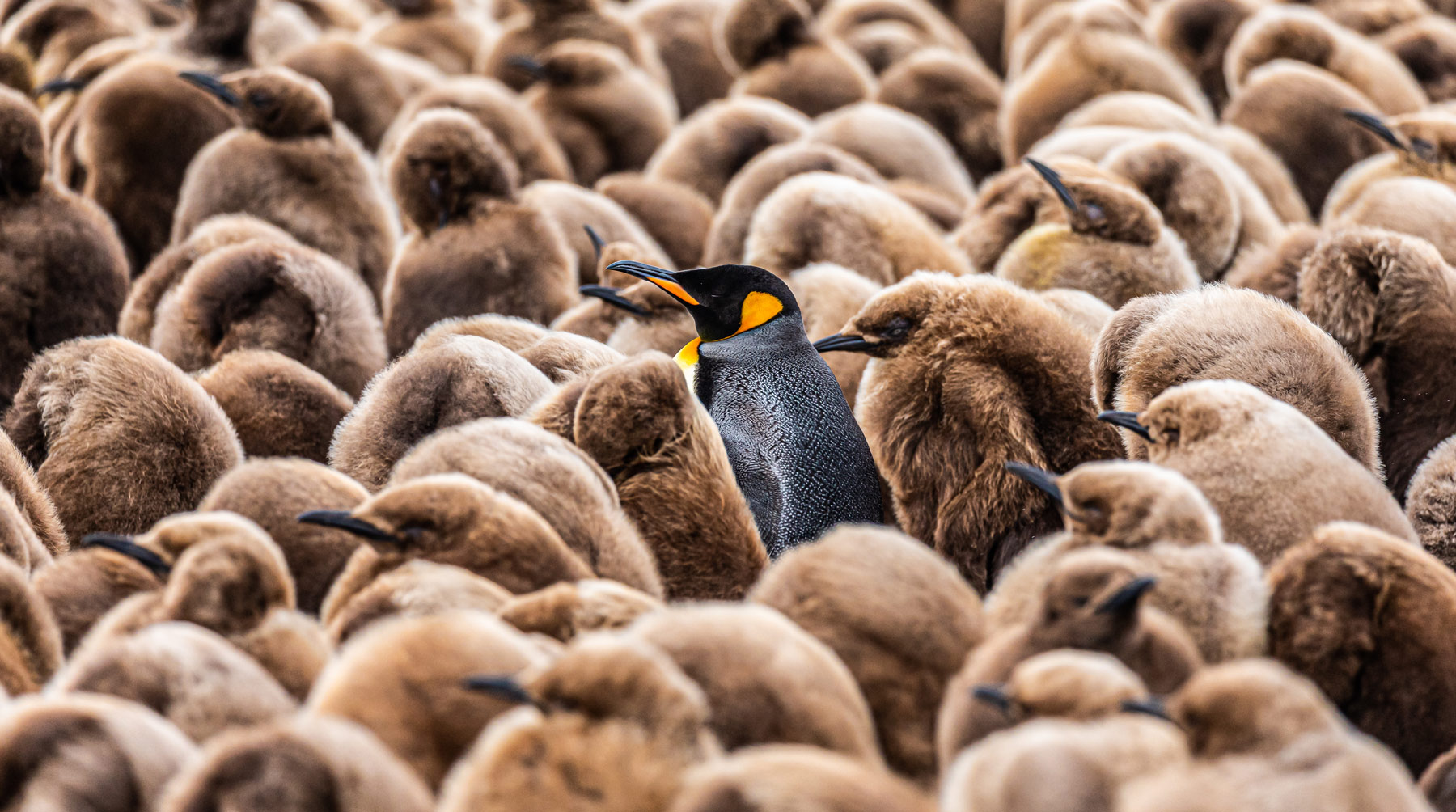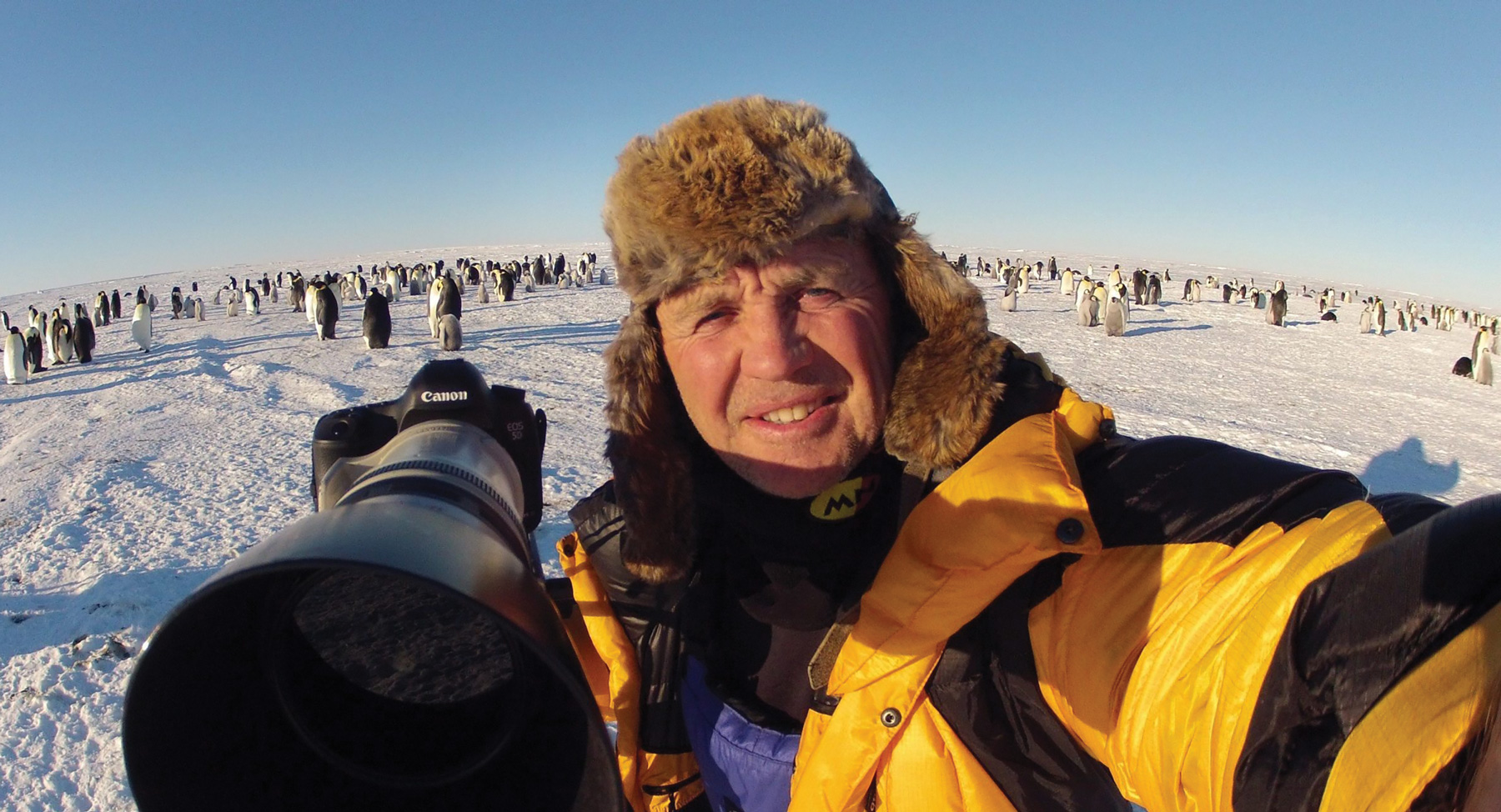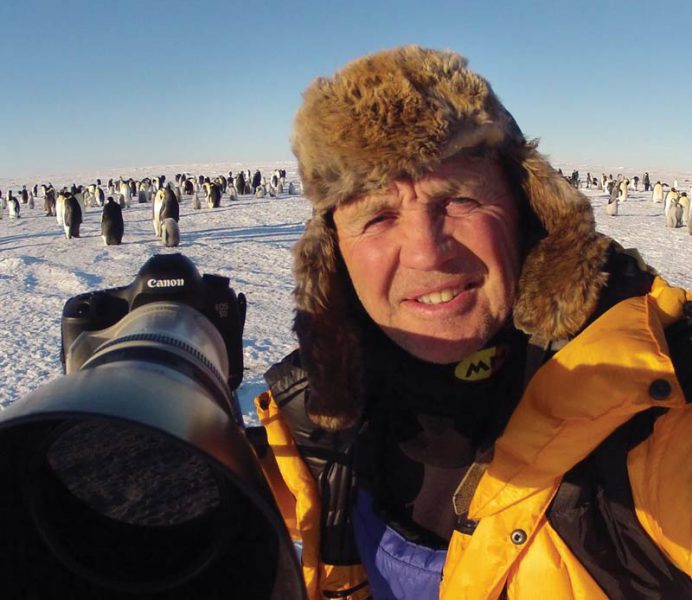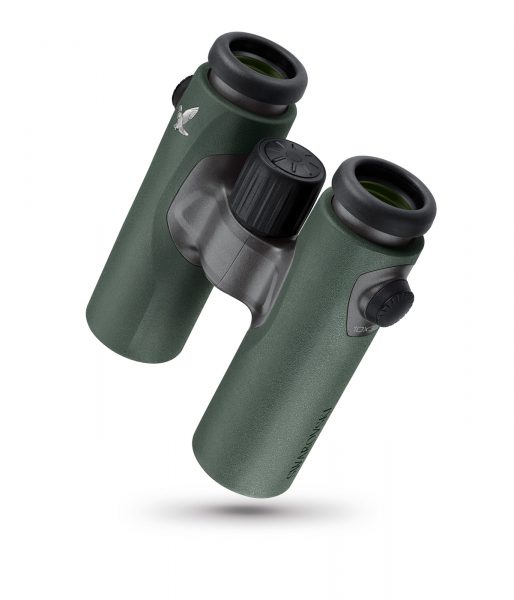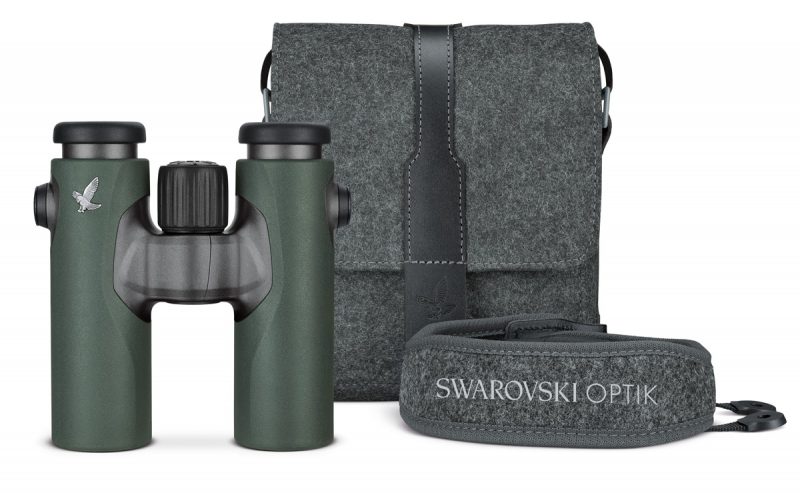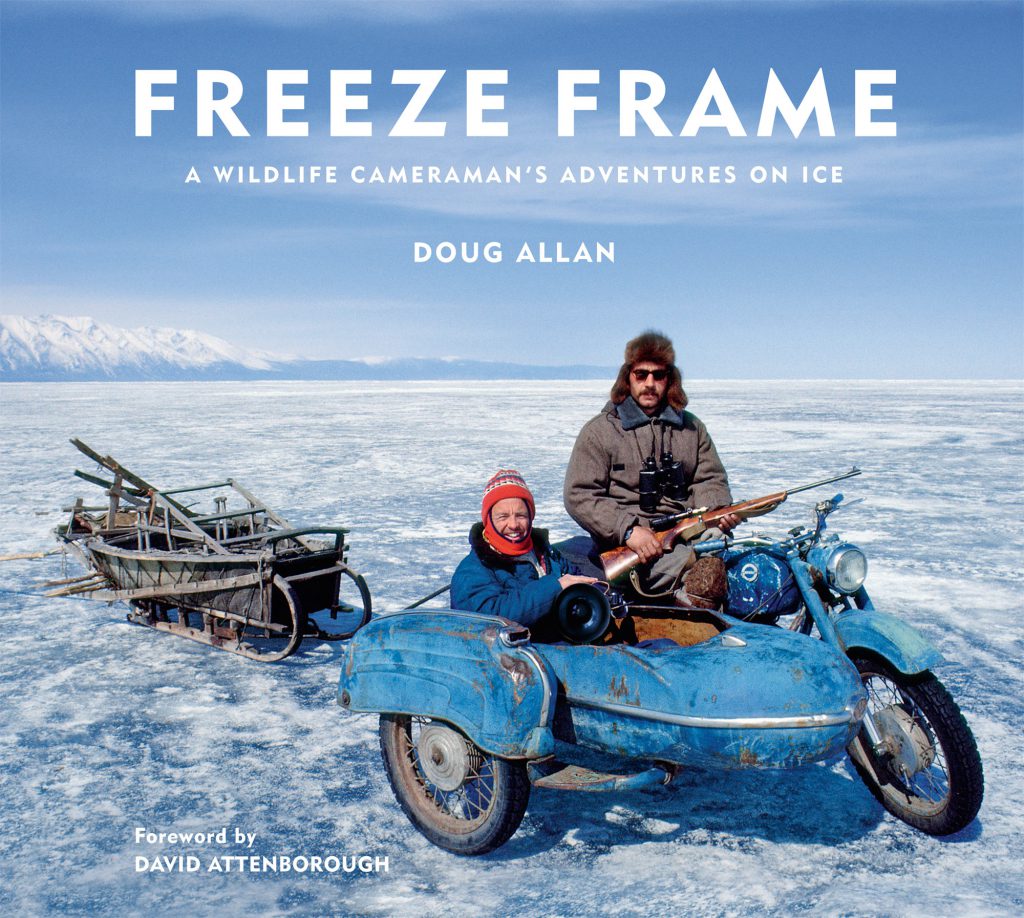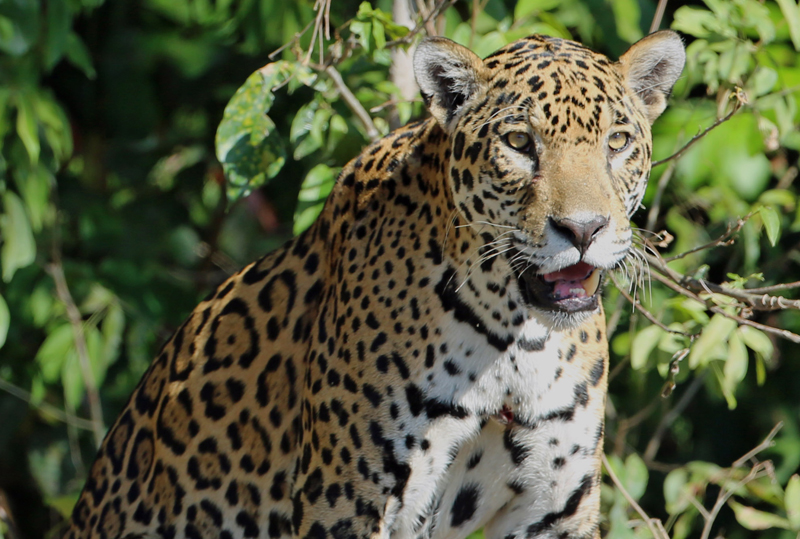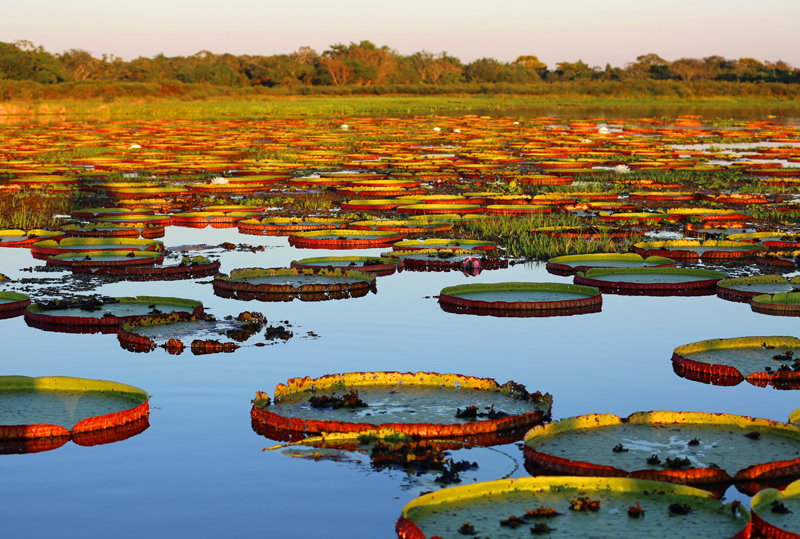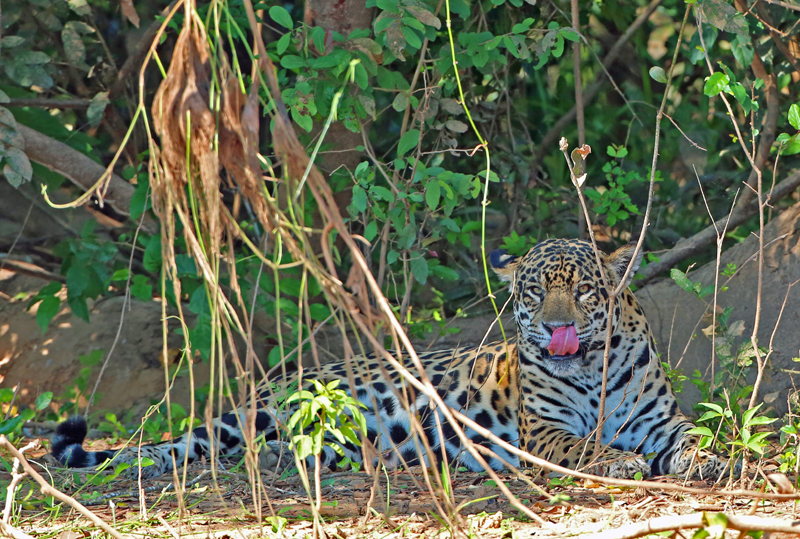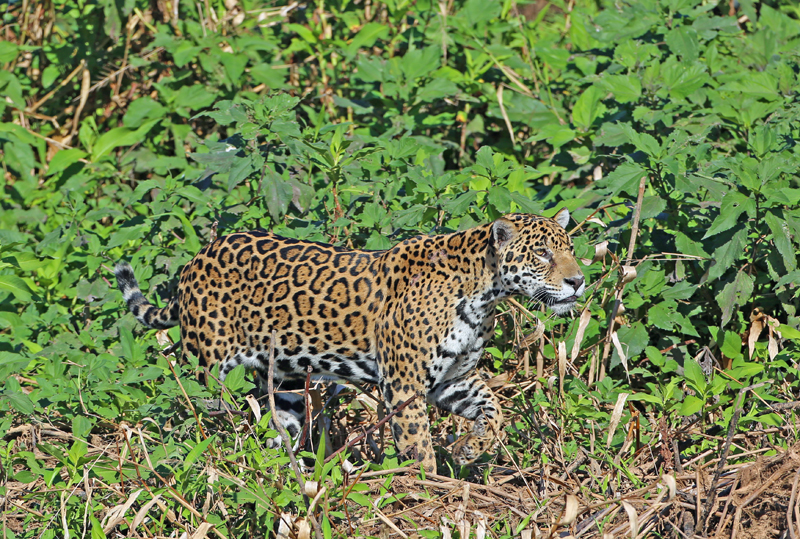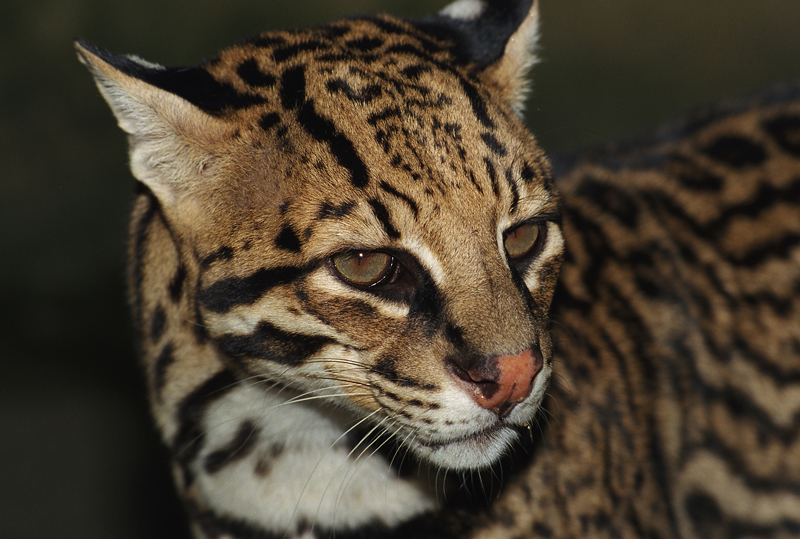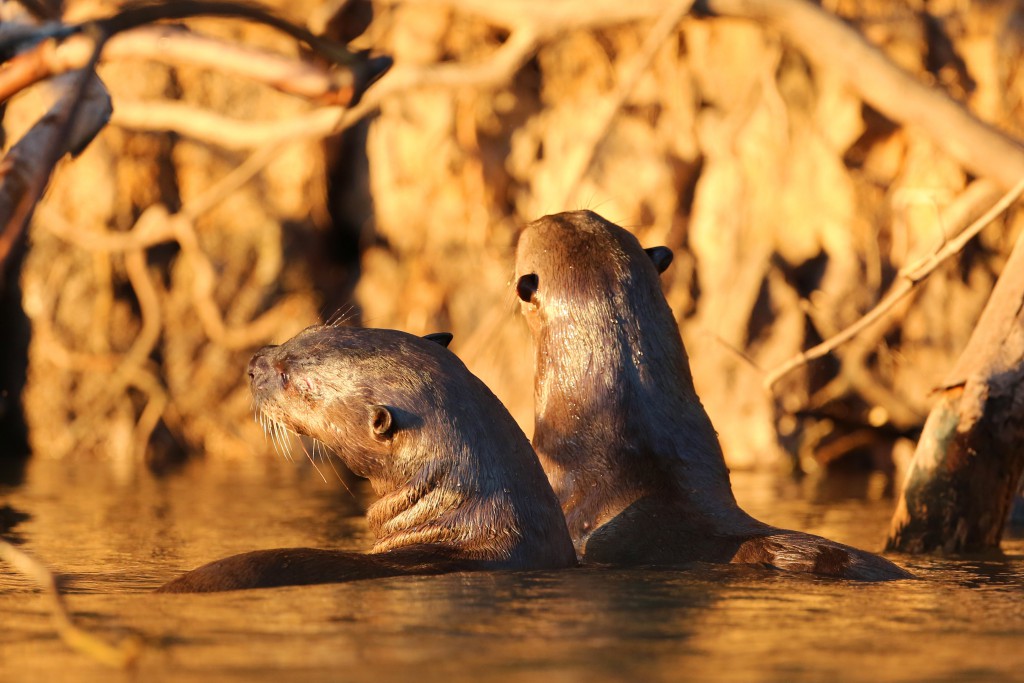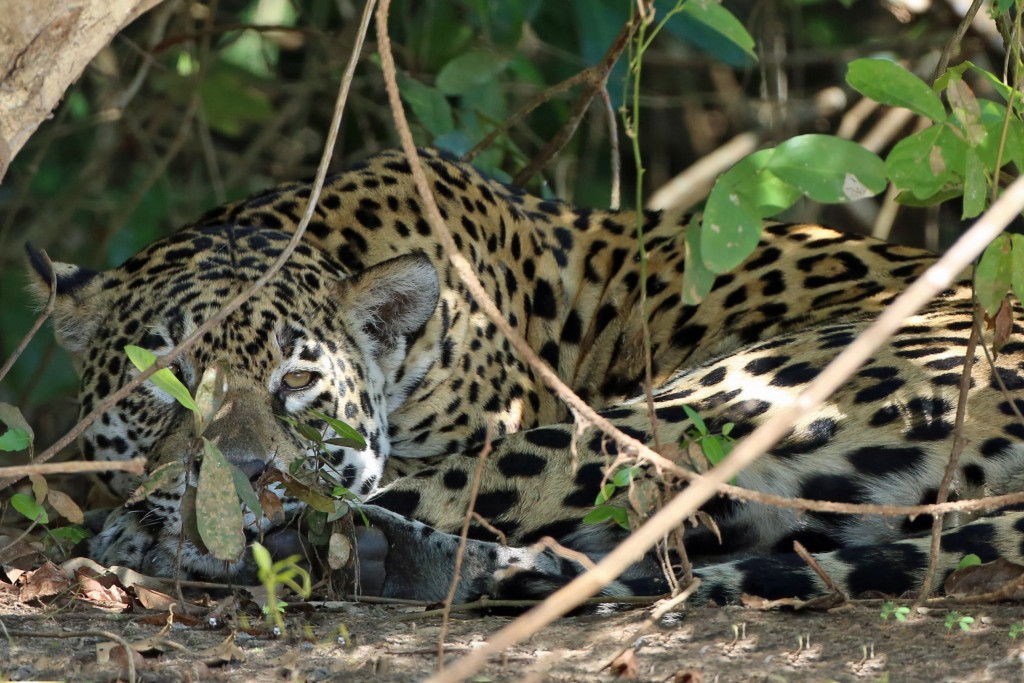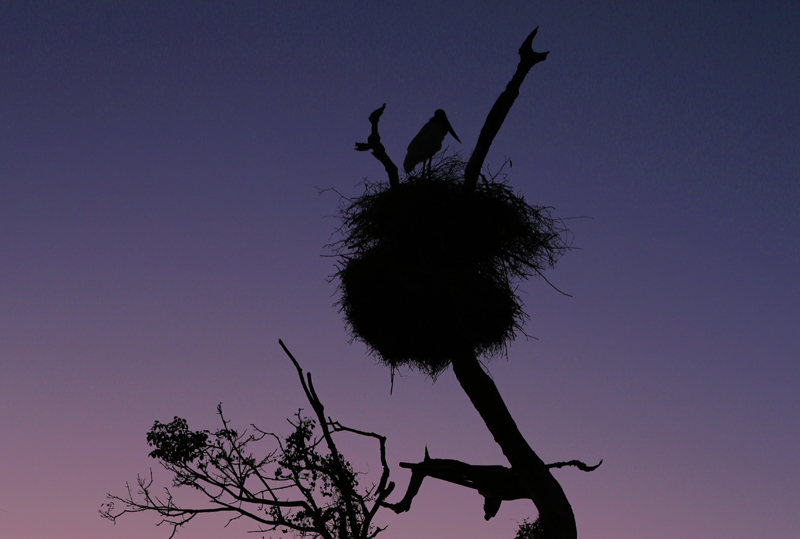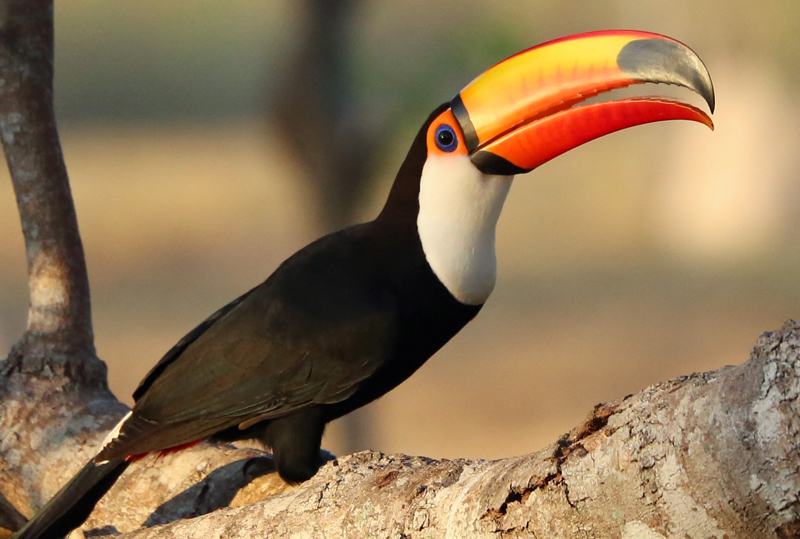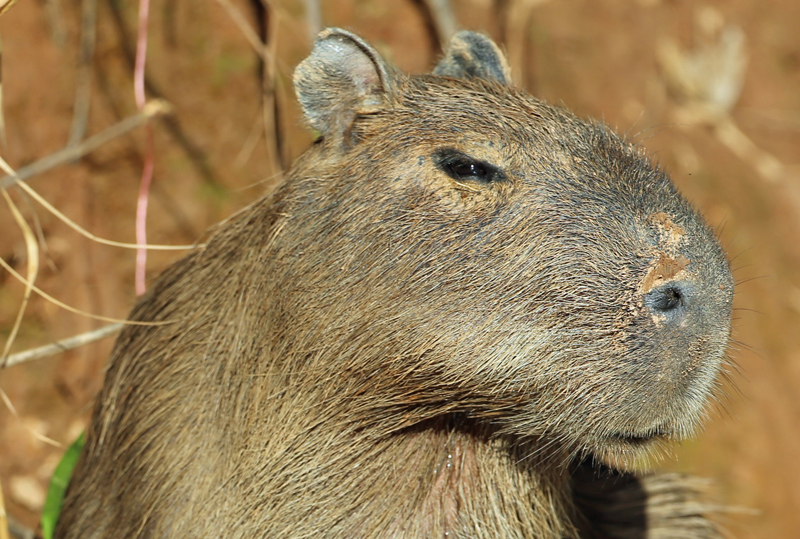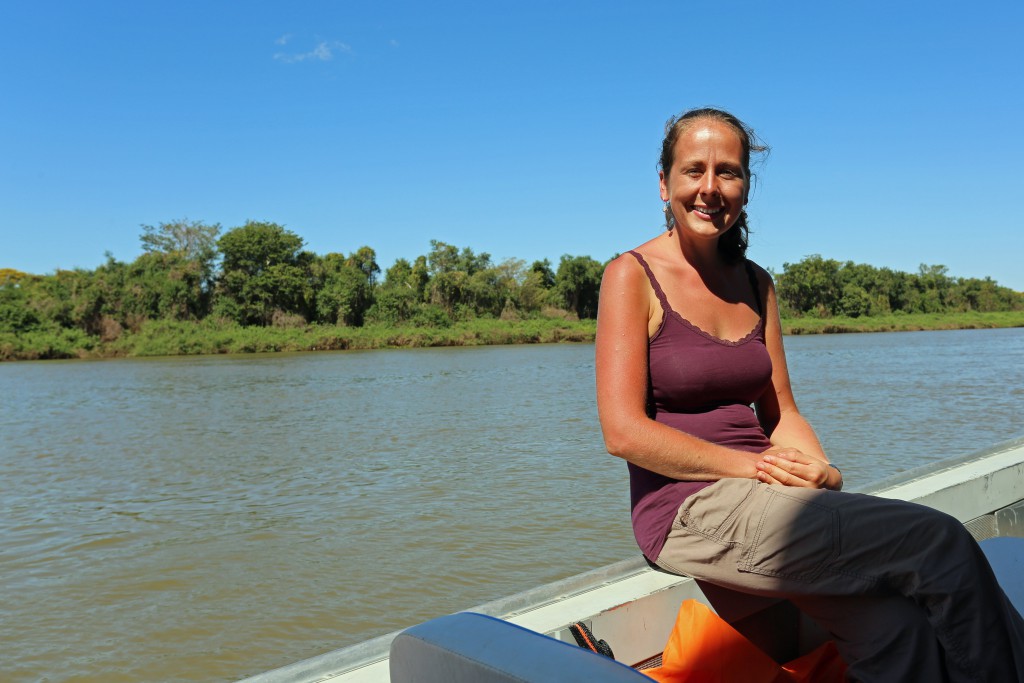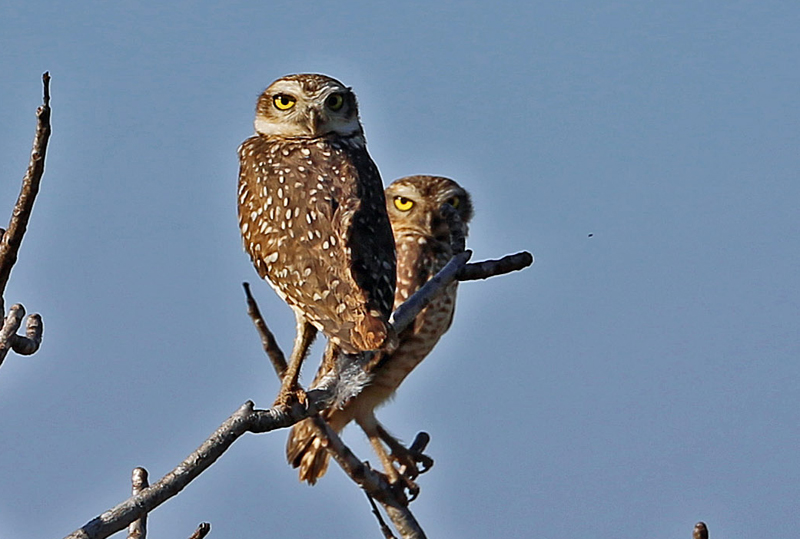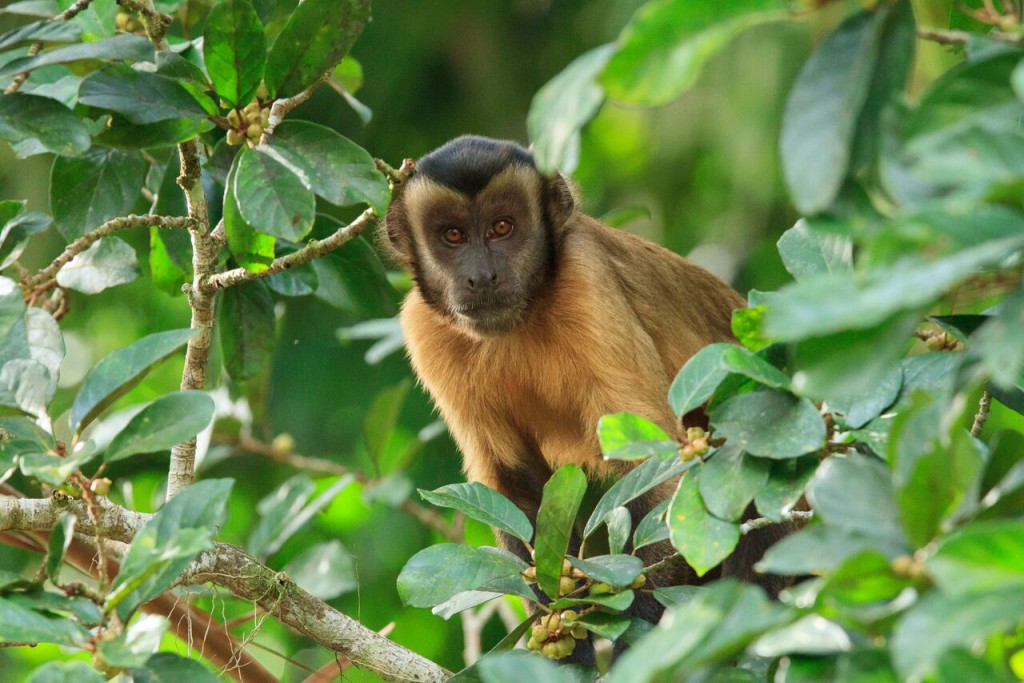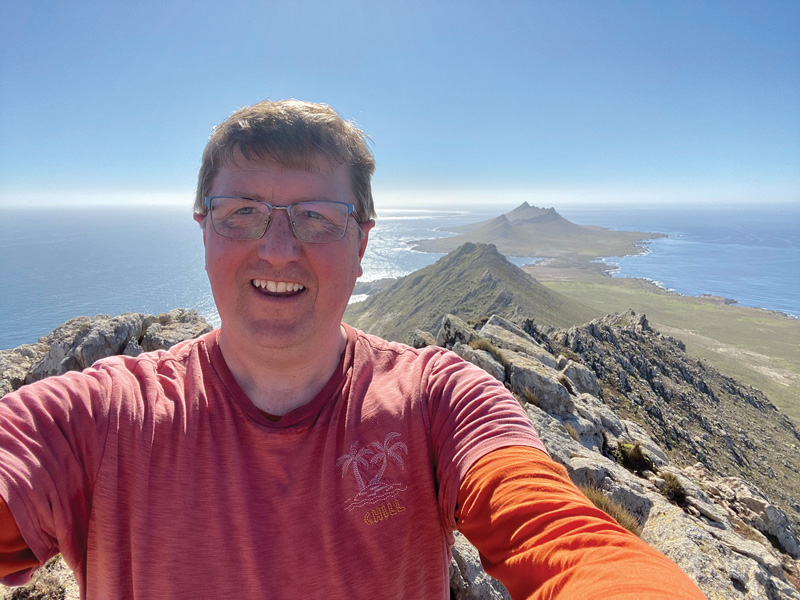
‘Our Man in Stanley’, Andy Pollard is as Falklands as they come. Friendly, courteous and welcoming, he knows most of his fellow islanders by their first name. Andy grew up spending time on Sealion Island where his mother Jenny was the lodge guide for many years. He is also a successful wildlife and birding guide and an expert photographer who knows every nook and cranny on each key island.
Slipping under most traveller’s radar, and only 400 Miles from southern Argentina, sit 700 Islands where you can still find true wilderness and a wildlife-fest that is hard to beat.
The Falklands are home to 75% of the worlds rockhopper penguins, 70% of the earths black browed Albatross, the world’s largest population of gentoo penguins and 40% of the world’s southern giant petrels. We have not even mentioned the two endemic bird species (12 subspecies are unique the Falklands) then there are 171 native species of higher plants with 13 endemic species.
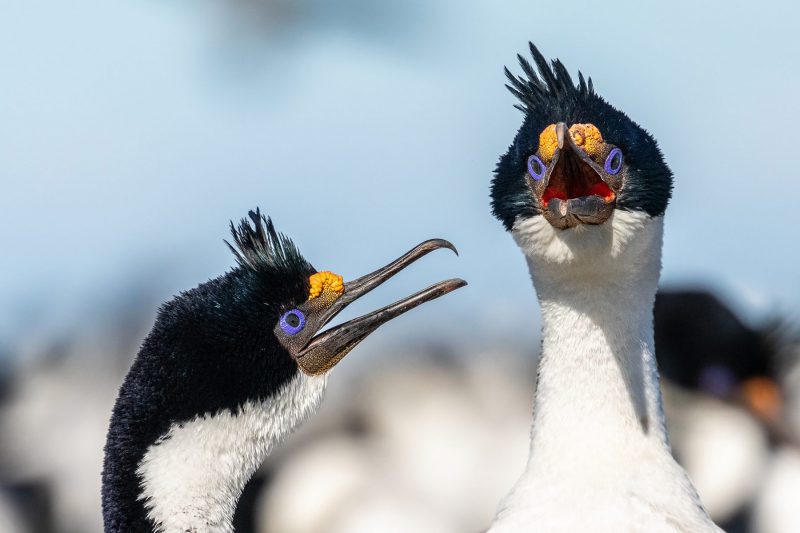
Hard to get there? Yes of course it is. But to those who endeavour, the delights of the Falklands are extremely magnetic and hard to resist once sampled.
Most travellers visit The Falklands as part of an expedition, also visiting South Georgia & Antarctica on a 19-25 day vessel based adventure spending a few days exploring the key islands. Passengers make up to 5 landings at key wildlife or nesting spots depending on the number of days allocated within the itinerary.
Experts on board will not only introduce you to incredible wildlife, but the scenery too. Each island is similar in that they no steep hills, making them great for hiking. Aside from that similarity, each island offers its own unique and diverse landscape and wildlife.
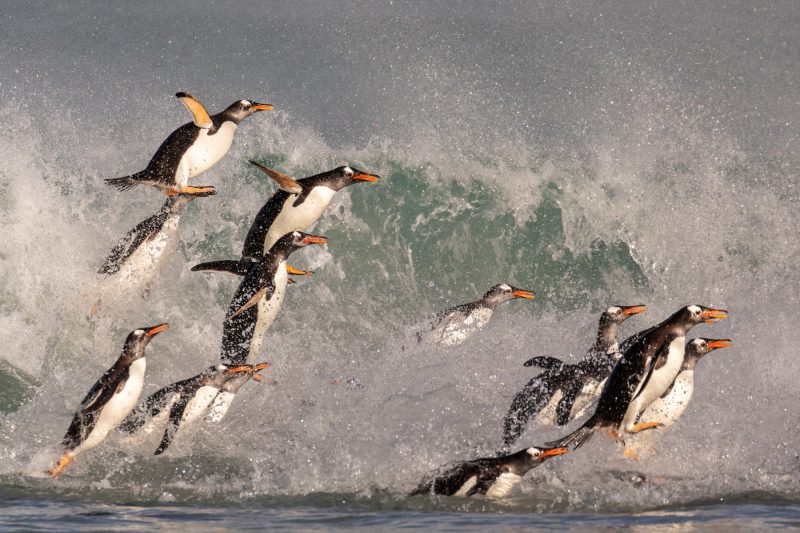
If you are lucky, you will also land at the pier in Stanley where you will meet some of the locals. You may have time to try a half in one of the three taverns, or maybe to visit the museum or cathedral. Enjoying high tea at one of the cafes or hotels is also a must.
MV Greg Mortimer and sister vessel MV Sylvia Earl offer vessel-based expeditions incorporating Antarctica, Falklands & South Georgia from £ 16,704
per person based on a triple share or £17,200 per person for a shared double or twin cabin.
If you are lucky enough to be using the Falklands as a starting or finishing point on your expedition, I strongly recommended that you consider arriving a week or even two weeks early to explore these islands independently.
By choosing a 14-night land-based itinerary you can spend 3 nights on each key island and still have enough time to spend in Stanley to enjoy day trips to the fascinating battlefields or maybe to take a 4×4 guided visit to Volunteer Point where you will see a spectacular king penguin colony of 1000 plus birds.
On each of the key wildlife islands there is a small lodge with anything from 5 to 10 bedrooms available for those who visit. The lodges are looked after by expert guides who are there to make visitors feel welcome as well as to help them discover the best possible spots for viewing wildlife. Each lodge offers full board, with drinks available at an additional cost.
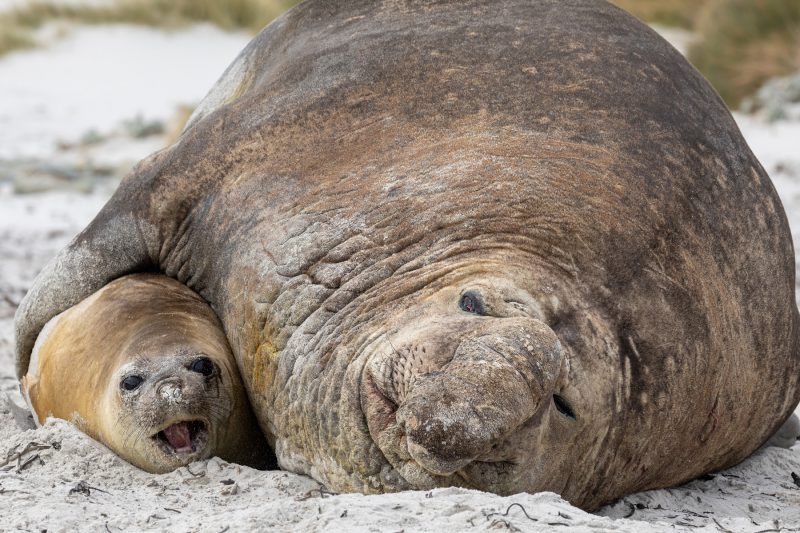
Orientation trips in a 4×4 vehicle are also usually included, which are invaluable, allowing you to get your bearings very quickly, preparing you for your own adventures. Pack lunches are on offer for those who would like to stay out all day to walk and take photographs under their own steam.
Land-based 14-night experiences before you board your vessel start at £4995 (based on two people sharing) and include accommodation, inter-island flights, transfers and full board whilst on the islands and Bed & Breakfast whilst in Stanley
Find out about our wildlife adventure trips to The Falklands here
